-
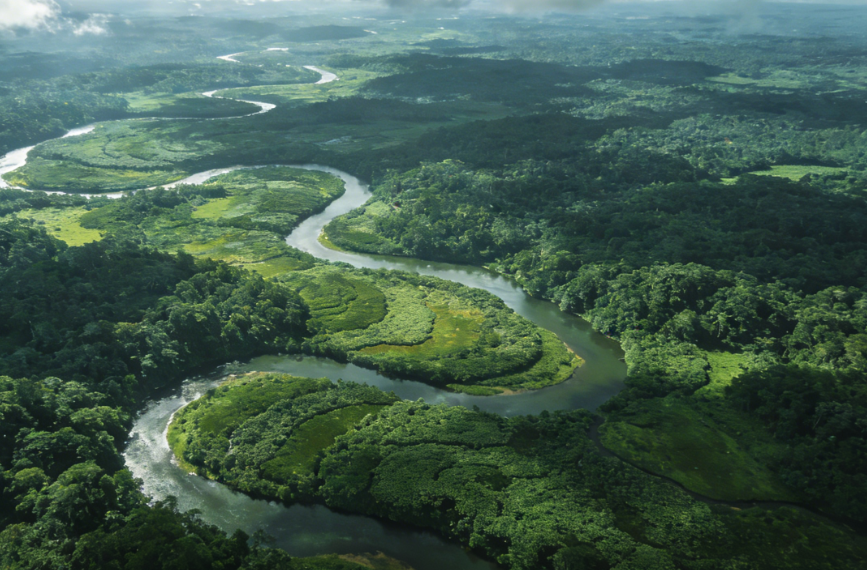
Amazon Rainforest AI Deforestation Prevention Technology Gains International Recognition
In December 2025, the Amazonian Institute for People and the Environment’s AI deforestation prevention technology won the United Nations “Champions of the Earth” award, gaining widespread international recognition. This AI predictive model boasts exceptional accuracy, with 73% of deforestation alerts showing deviations of no more than 4 kilometers. Since its implementation in 2021, it has…
-

Plastic Pollution in Brazil’s Amazon Spreads Deep into the Rainforest
Research reveals that plastic pollution has reached rivers, soil, and even species deep within the Amazon rainforest. After analyzing 52 scientific studies, researchers found that plastic waste originating from cities, ships, and local communities flows through rivers, creating transnational pollution. Plastics of macro, meso, micro, and nano sizes are now widely present throughout the ecosystem.…
-
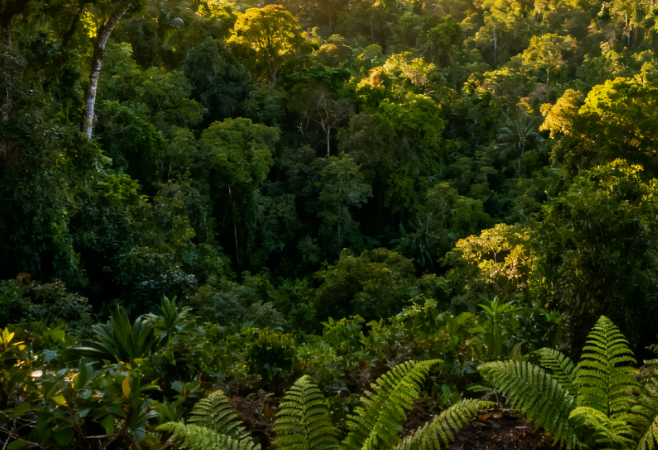
Global Climate Crisis: COP30 Focuses on Rainforest Conservation
The high-level segment of the 30th United Nations Climate Change Conference (COP30) commenced in Belém, Brazil, on November 17. Within the first seven days of the conference, nations reached several key agreements: committing to raise $1 trillion in dedicated investments, prioritizing clean energy development and grid upgrades; launching a specialized plan to quadruple global sustainable…
-

Peru’s Amazon Region Faces Regional Sanctions Over Mercury Pollution
Illegal gold mining activities in Peru’s Amazon region discharge approximately 180 tons of mercury into water bodies annually. Local residents’ hair mercury levels are seven times the global average, with 43% of women of childbearing age exceeding the WHO safety threshold. The Andean Community (CAN) has formally demanded Peru rectify illegal gold mining operations within…
-

Deforestation in Amazon Rainforest Hits Highest Level in Nearly a Decade
Data shows that deforestation in Brazil’s Amazon rainforest reached 7,800 square kilometers in the first three quarters of 2025, surging 32% year-on-year and marking the highest level for the same period since 2015. Illegal mining, agricultural expansion, and infrastructure development are the primary drivers. Countries like Peru and Colombia have announced plans to expand forest…
-
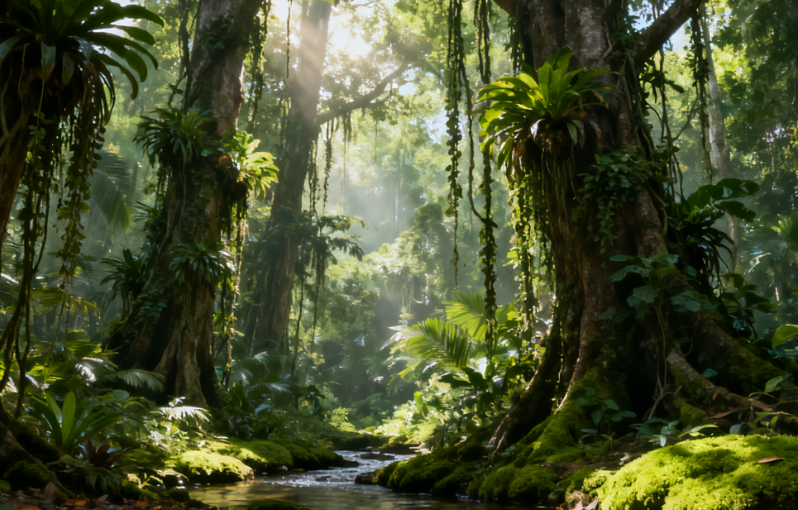
Forest Conservation Funding Gap
Two reports released by the United Nations Environment Programme indicate that to protect the world’s high-risk tropical forests, annual investment must triple to $300 billion by 2030 and reach $498 billion by 2050. However, the current funding gap stands at $216 billion per year. These forests prevent 2.3 million tons of nitrogen pollution and 527…
-
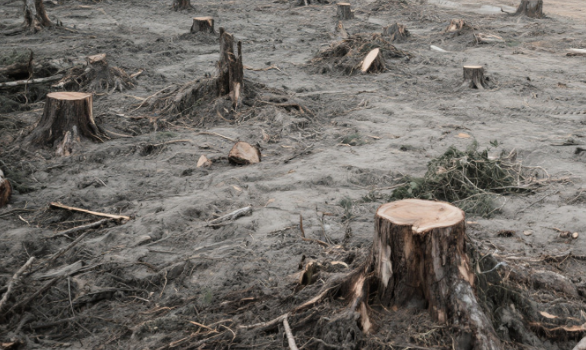
Amazon Rainforest’s Carbon Sink Function on the Brink of Collapse
New research reveals the Amazon rainforest has reached the dangerous threshold of becoming a net carbon source rather than a sink. Satellite monitoring data published by New Scientist indicates that between 2013 and 2022, the amount of carbon released from deforestation and fires exceeded the amount absorbed by the rainforest. Severely degraded areas in the…
-
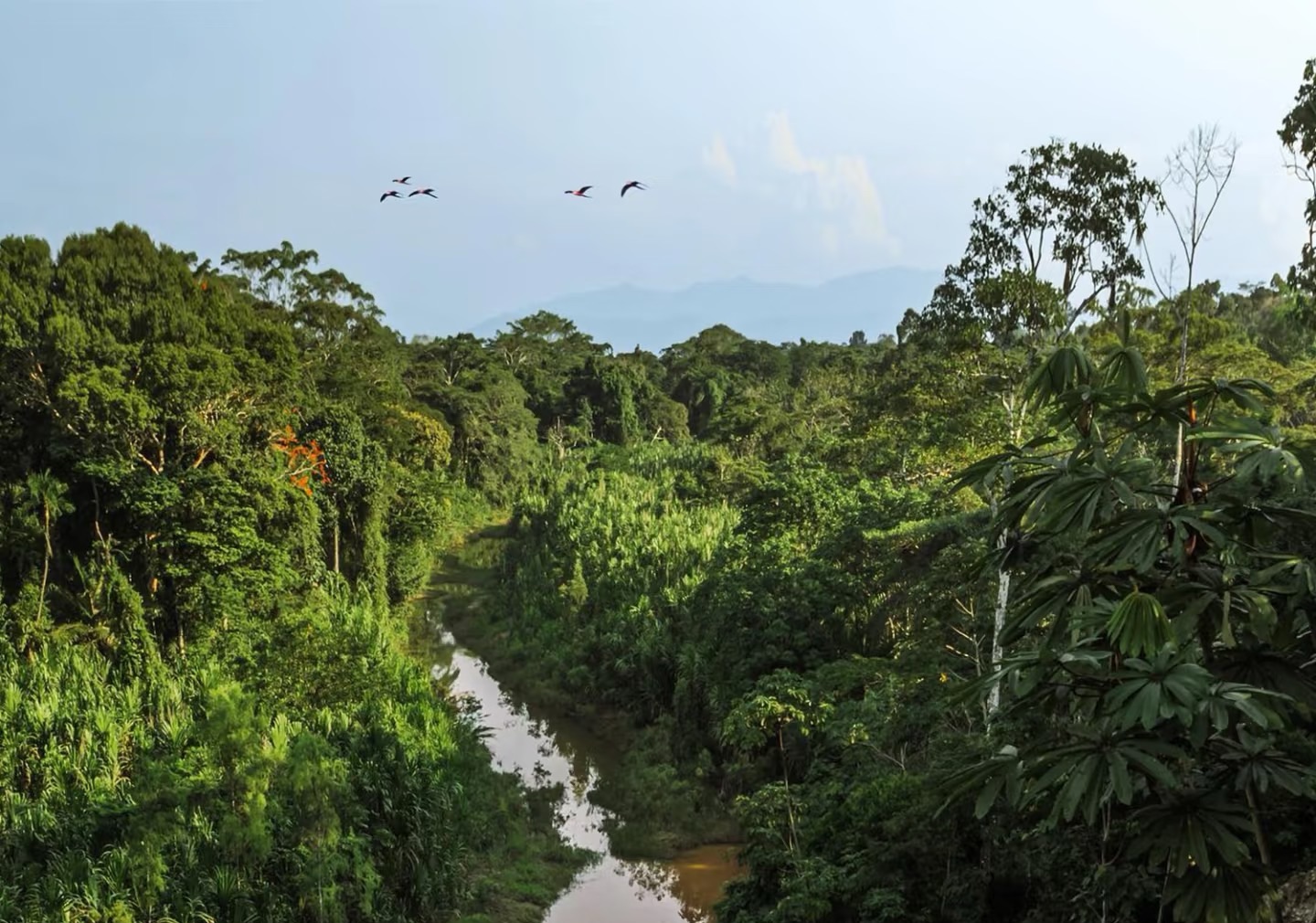
Andean Community Sanctions Peru
The Andean Community of South America has formally ruled that Peru has failed to effectively regulate illegal gold mining and mercury trade in the Amazon region. It demands Peru implement legal reforms and strengthen enforcement within 20 working days, or face regional trade sanctions. This ruling stems from longstanding complaints by indigenous communities regarding mercury…
-

Soil Carbon and Nitrogen Losses Intensify in Southern Amazon
Recent research reveals that soil carbon stocks in the southern Amazon have declined by 17% to 38% over nine years due to frequent fires and agricultural conversion, while nitrogen loss has caused a sharp drop in soil fertility. Slash-and-burn farming and soybean cultivation are primary drivers. Traditional oxidation ponds can no longer handle aquaculture wastewater…
-
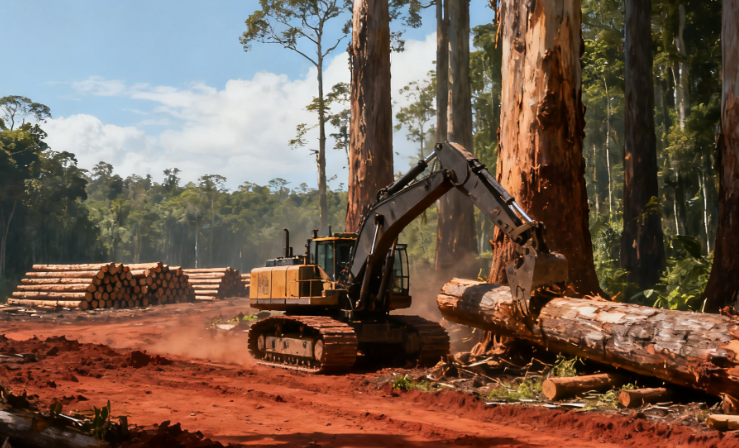
Deforestation in the Amazon Region and Disease Transmission
Research published in Nature Communications – Earth & Environment indicates that deforestation in the Amazon region is directly linked to increased incidence of multiple diseases. Between 2001 and 2019, the Amazon rainforest reported nearly 30 million cases of fire-related zoonotic and vector-borne diseases. Deforestation also fills the air with smoke, triggering public health emergencies such…